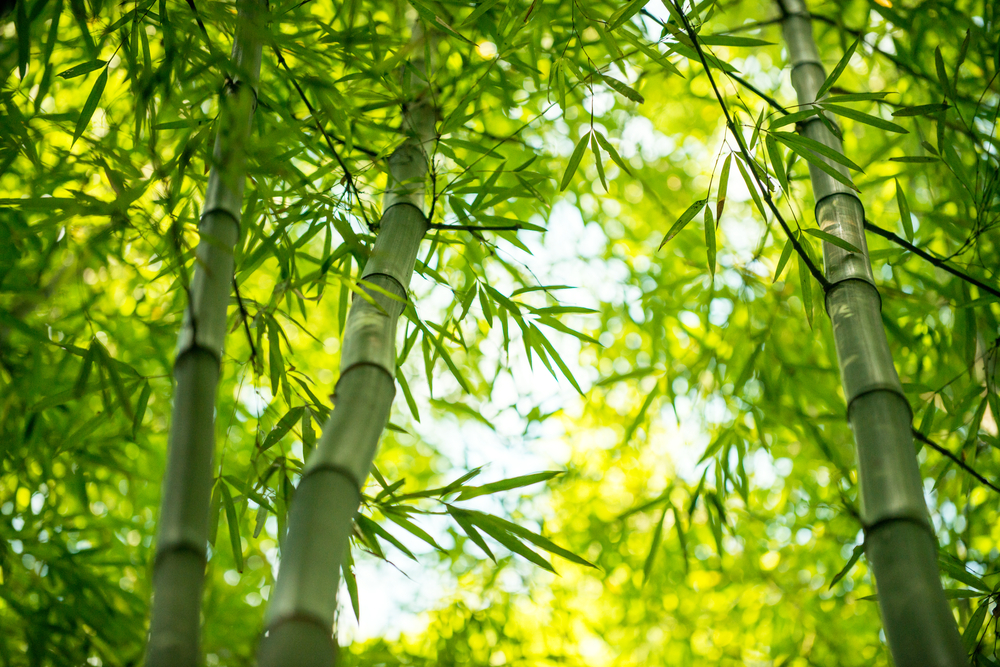Nestled in the southwestern region of Turkey lies one of the world’s most breathtaking natural wonders – the Travertine Terraces of Pamukkale. This surreal landscape, characterized by cascading white pools and terraces, has drawn visitors from around the globe for centuries. The unique geological formations are created by calcium-rich hot springs that leave behind a white deposit of travertine, sculpting an enchanting series of terraced pools.
The Geothermal Phenomenon
Pamukkale, which translates to “Cotton Castle” in Turkish, is aptly named for its striking resemblance to a snow-capped fortress. The geothermal activity responsible for this otherworldly landscape is driven by an extensive network of underground hot springs. As the mineral-rich water emerges from the earth, it cools and releases carbon dioxide, resulting in the precipitation of calcium carbonate, which in turn forms the characteristic white travertine.
Formation of the Terraces
The terraces themselves are formed through a slow and delicate process. As the calcium carbonate-laden water flows over the ground, it accumulates in shallow pools. Over time, the water evaporates, and the calcium carbonate solidifies into travertine. Layer upon layer, this process creates a series of cascading terraces, each with its own unique texture and shape.
The terraces are in a constant state of change, as new layers of travertine are deposited and older layers erode. This dynamic process has led to the creation of an ever-evolving landscape that appears to be frozen in time.
A Haven for Visitors
The Travertine Terraces of Pamukkale have been a popular destination for travelers since ancient times. The Romans, recognizing the therapeutic properties of the mineral-rich waters, built the ancient city of Hierapolis nearby. The ruins of this once-great city, including a well-preserved amphitheater and necropolis, can still be explored today.
In addition to its rich history, the region offers visitors an unparalleled opportunity to bathe in the therapeutic waters of the terraces. The pools, some of which are shallow enough for wading, are believed to have healing properties for ailments such as skin conditions, rheumatism, and circulatory issues. The soothing warm water, combined with the stunning scenery, creates an unforgettable experience for those who make the journey to this magical place.
Conservation Efforts
As a UNESCO World Heritage Site since 1988, Pamukkale and Hierapolis have been recognized for their exceptional cultural and natural value. However, the popularity of the site and the desire to cater to the increasing number of tourists have taken a toll on the fragile ecosystem.
In the past, the construction of hotels and other infrastructure near the terraces led to a reduction in the flow of the thermal water, threatening the formation and maintenance of the travertine. This prompted a series of conservation efforts, including the removal of structures built too close to the terraces and the establishment of a more controlled access system for visitors.
Today, the terraces are carefully managed to minimize environmental impact. Visitors are required to follow designated pathways and are not allowed to wear shoes on the terraces to prevent damage to the delicate travertine formations. The pools are also occasionally drained for cleaning and maintenance, ensuring that they remain pristine for future generations to enjoy.
The Travertine Terraces of Pamukkale offer a unique and captivating glimpse into the beauty and wonder of nature. These cascading pools and terraces, formed by the slow deposition of calcium carbonate, provide a rare opportunity for visitors to immerse themselves in an ethereal landscape that has captivated the imagination for centuries. As conservation efforts continue to protect and preserve this extraordinary site, the Travertine Terraces of Pamukkale will undoubtedly remain a cherished natural wonder and a must-see destination for travelers seeking an unforgettable experience.







